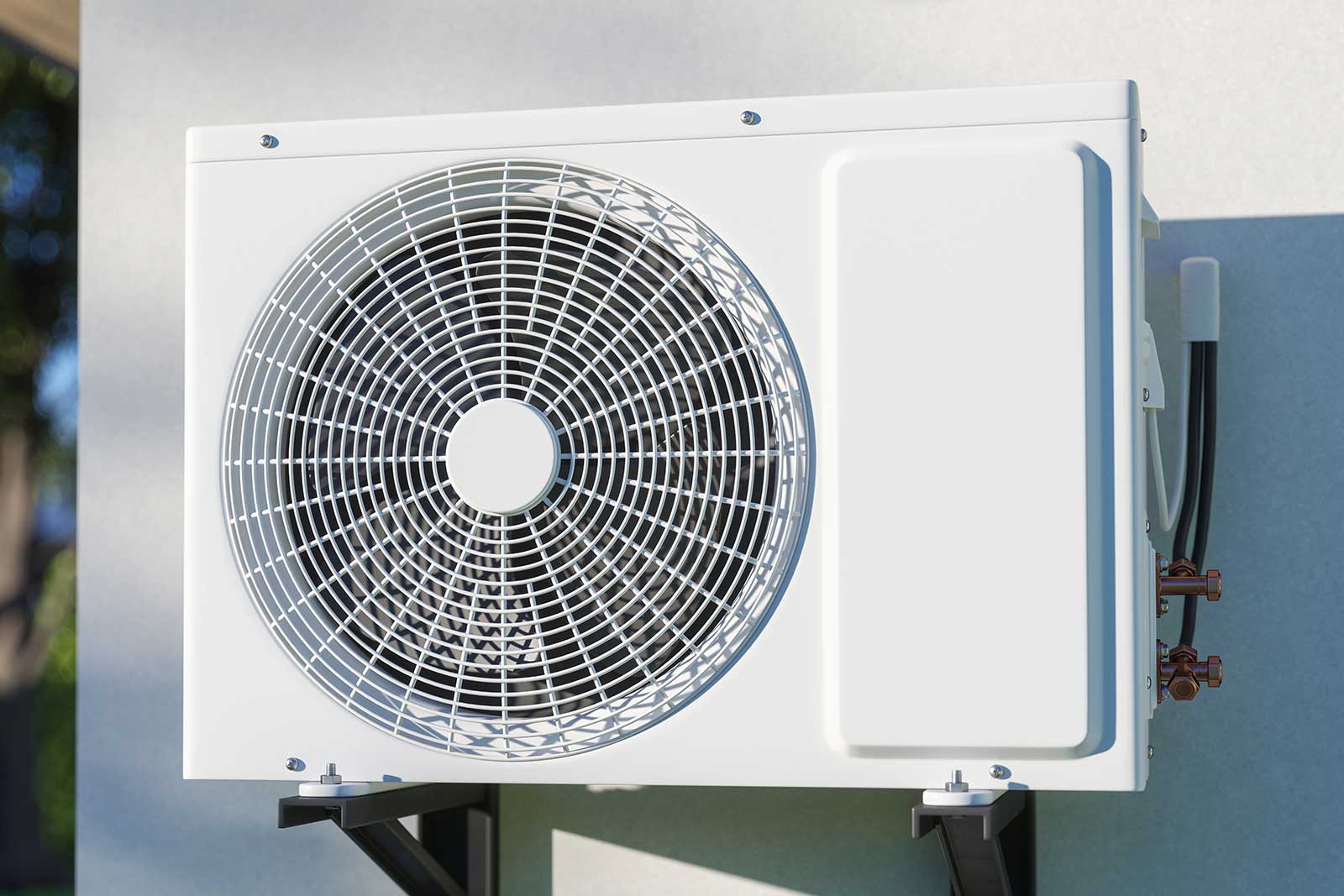

Articles
What Does Fan Do On Ac
Modified: October 19, 2024
Discover the different functions of a fan in an air conditioner in this informative article. Learn how fans contribute to cooling and circulation.
(Many of the links in this article redirect to a specific reviewed product. Your purchase of these products through affiliate links helps to generate commission for Storables.com, at no extra cost. Learn more)
Introduction
When it comes to keeping our homes and offices cool, air conditioning systems play a vital role. But have you ever wondered what makes those systems so effective in maintaining a comfortable indoor environment? One crucial component of an air conditioning system is the AC fan.
The AC fan is responsible for circulating the cool air throughout the room and providing a refreshing breeze that helps to regulate the temperature. In this article, we will explore the functions and benefits of an AC fan, as well as the different types and how they work. So, let’s dive in and discover what the humble AC fan can do to enhance our comfort and well-being.
Key Takeaways:
- AC fans play a crucial role in regulating indoor temperature, improving air circulation, and enhancing energy efficiency, contributing to a more comfortable and cost-effective cooling experience.
- Choosing the right type of AC fan, proper placement, and regular maintenance are essential for optimizing comfort and efficiency, ensuring maximum effectiveness and longevity of the fan.
Read more: What Does The Fan Do On HVAC
Overview of an AC Fan
An AC fan is a device that helps to circulate air in an enclosed space, such as a room, by creating airflow. It consists of a motor and a set of blades that rotate, pushing air in a specific direction. AC fans are commonly used in conjunction with air conditioning systems to distribute the cooled air evenly throughout the room.
The main purpose of an AC fan is to provide airflow, which helps to enhance the comfort level of individuals in a room. By creating a gentle breeze, the fan helps to regulate the temperature by improving air circulation. This is particularly important in hot and humid climates, where stagnant air can lead to discomfort and even health issues.
In addition to improving comfort, an AC fan also serves another essential function – energy efficiency. By using a combination of an AC fan and an air conditioning system, you can achieve the desired temperature with less reliance on the AC unit. The fan helps to distribute the cool air more efficiently, reducing the workload on the AC system and potentially saving energy and money in the long run.
AC fans come in various types, such as ceiling fans, table fans, tower fans, wall fans, and portable fans. Each type has its own advantages and is suitable for different settings and preferences.
In the following sections, we will explore the functions of an AC fan in more detail, delve into the different types of fans available, and understand how they work to keep us cool and comfortable.
Functions of an AC Fan
An AC fan serves multiple functions that contribute to a comfortable and efficient indoor environment. Let’s take a closer look at the key functions of an AC fan:
Air Circulation
One of the primary functions of an AC fan is to circulate air in a room. When the fan blades rotate, they create a flow of air that moves throughout the space. This helps to prevent stagnant air and promote better air circulation. By continuously circulating the air, the fan helps to distribute cool air in warmer spots and eliminates hot spots, ensuring a more even temperature throughout the room.
Temperature Regulation
The AC fan plays a crucial role in regulating the overall temperature in a room. As the fan circulates air, it helps to dissipate heat and reduce humidity levels, making the space feel cooler and more comfortable. By using an AC fan in conjunction with an air conditioning system, you can achieve your desired temperature more efficiently. The fan helps to disperse the cooled air and prevents it from accumulating near the AC unit, resulting in better temperature control.
Read more: What Does The AC Button Do In A Car
Energy Efficiency
Using an AC fan along with an air conditioning system can significantly improve energy efficiency. By relying on the fan to circulate cool air, you can set your AC unit to a higher temperature, which reduces its energy consumption. The AC fan helps to distribute the cool air more effectively throughout the room, eliminating the need to rely solely on the AC unit’s cooling power. This translates into energy savings and a potentially lower electricity bill.
In addition to these functions, an AC fan also offers other benefits such as improved air quality and reduced noise levels. By constantly moving the air, the fan helps to filter out dust particles and improve ventilation, leading to fresher air. Furthermore, the gentle hum of a fan can create white noise that masks background sounds, providing a soothing and peaceful environment.
Now that we have explored the functions of an AC fan, let’s move on to understanding the different types of fans available and how they can suit various needs and spaces.
Types of AC Fans
AC fans come in different types, each designed to suit specific needs and spaces. Let’s take a look at the most common types of AC fans available:
Ceiling Fans
Ceiling fans are the most traditional and widely used type of AC fan. As the name suggests, they are mounted on the ceiling and have rotating blades that circulate the air in a downward direction. Ceiling fans are popular for their ability to provide widespread airflow and cover a large area. They are commonly found in bedrooms, living rooms, and even outdoor spaces like patios and verandas.
Table Fans
Table fans, also known as desk fans or personal fans, are compact-sized fans that can be placed on a table or desk. They are usually portable and lightweight, making them convenient to move around as needed. Table fans are ideal for providing directed airflow to a specific area, such as your work desk or bedside table. They are commonly used in offices, bedrooms, or small spaces where a more focused breeze is desired.
Read more: What Does An AC Condenser Do In A Car
Tower Fans
Tower fans are tall and slender fans that provide a sleek and modern design. They have a vertical orientation with a rotating set of blades inside, which generate a wide span of airflow. Tower fans are known for their space-saving design and effective air circulation. They are often preferred in living rooms, bedrooms, or offices where efficient cooling with minimal floor space usage is desired.
Wall Fans
Wall fans are mounted on walls and have oscillating heads that rotate horizontally to distribute air across a room. They are a popular choice for spaces with limited floor or ceiling space, such as kitchens or workshops. Wall fans offer the advantage of being able to be mounted at an elevated position, allowing for better air circulation. They can also be tilted or adjusted to direct the airflow in a specific direction.
Portable Fans
Portable fans are versatile and can be easily transported from one location to another. They come in various forms, such as pedestal fans, floor fans, or box fans. Portable fans are often used to provide temporary cooling or ventilation in different areas of a home or office. They are lightweight, easy to maneuver, and can be adjusted to different heights and angles to suit individual preferences.
Each type of AC fan has its own advantages and suitability for specific settings. It’s important to consider factors such as room size, airflow requirements, and personal preferences when choosing the right AC fan for your needs.
Now that we have explored the different types of AC fans available, let’s delve deeper into how an AC fan actually works to provide us with a refreshing breeze.
How an AC Fan Works
An AC fan consists of several components that work together to create airflow and provide a cooling breeze. Let’s explore the key elements of how an AC fan operates:
Read more: What Does The Fan In The Bathroom Do
Fan Motor
The fan motor is the heart of an AC fan. It powers the rotation of the fan blades, generating airflow. The motor is typically located within the fan housing and is responsible for converting electrical energy into mechanical energy. It operates on the principles of electromagnetic induction, utilizing a magnetic field to produce rotational motion. The motor may have various speed settings to control the intensity of the airflow.
Blades
The blades of an AC fan are attached to the motor and rotate when the motor is activated. The design and shape of the blades play a crucial role in determining the airflow pattern produced by the fan. Generally, fan blades are curved or angled to efficiently move air. The number of blades can vary, with more blades often resulting in a smoother and quieter airflow. The size and material of the blades also influence the fan’s performance and noise level.
Speed Control Mechanisms
AC fans often include speed control mechanisms to allow users to adjust the fan’s airflow according to their needs. These mechanisms can range from simple rotary switches with multiple speed settings to modern electronic controls. Speed control options may include low, medium, and high settings, allowing users to customize the airflow intensity based on the room temperature or personal preference. Some AC fans may also have additional features like oscillation, which enables the fan to rotate from side to side, maximizing the distribution of airflow.
When you turn on an AC fan, the fan motor receives an electrical current, causing it to spin the blades. As the blades rotate, they create a flow of air, which is then projected in the desired direction. The speed control mechanisms allow you to adjust the speed and intensity of the airflow, providing you with a comfortable cooling experience.
Now that we have explored the inner workings of an AC fan, let’s move on to the benefits of using an AC fan to enhance your comfort and save energy.
Benefits of Using an AC Fan
Using an AC fan in conjunction with your air conditioning system offers several benefits that enhance your comfort and provide additional advantages. Let’s take a closer look at the key benefits of using an AC fan:
Read more: What Does An Ionizer Do On A Fan
Improved Comfort
An AC fan helps to improve comfort by creating a gentle breeze and promoting better air circulation. It helps to distribute the cool air from your air conditioning system more effectively, ensuring that every corner of the room receives adequate airflow. This can help to eliminate hot spots and create a more even temperature throughout the space. The gentle breeze generated by the fan also provides a refreshing sensation, making you feel cooler and more comfortable, especially during hot summer months.
Cost Savings
Using an AC fan can contribute to cost savings in multiple ways. By using the fan to circulate the cool air, you can set your air conditioning system to a higher temperature without compromising on comfort. This reduces the workload on the AC unit and can result in energy savings. As the AC fan consumes significantly less energy compared to an air conditioning system, using the fan more frequently and relying less on the AC unit can lead to lower electricity bills. Additionally, the reduced strain on the AC unit may prolong its lifespan, saving you from costly repairs or replacements.
Noise Reduction
An AC fan can help reduce noise levels in a room. The sound of a running fan can create white noise, which can effectively mask background sounds and create a calming atmosphere. This can be particularly helpful for light sleepers, people working from home, or in noisy environments. The soothing background noise of the fan can help promote relaxation and improve concentration, providing a quiet and peaceful environment.
In addition to these benefits, an AC fan also offers advantages such as increased airflow, improved air quality, and versatility. It can be used in various settings, including bedrooms, living rooms, offices, or outdoor spaces, providing a cooling breeze wherever it is needed.
Now that we understand the benefits of using an AC fan, let’s move on to some tips for optimal use to ensure maximum efficiency and comfort.
Tips for Optimal Use of an AC Fan
To ensure that you get the most out of your AC fan and enjoy optimal comfort, consider following these tips:
Read more: What Does An Attic Fan Do
Placement
Proper placement of your AC fan is crucial to maximize its effectiveness. For ceiling fans, ensure that they are installed in the center of the room, with the blades at least 7 feet above the floor. This allows for optimal air circulation. Table fans and portable fans should be positioned in a way that directs the airflow where it is needed the most. Experiment with different angles and heights to find the most comfortable and effective placement.
Maintenance
Regular maintenance is important to keep your AC fan running smoothly and efficiently. Clean the fan blades and grill regularly to remove dust and debris that can obstruct airflow. Dust build-up can also lead to noise and reduced performance. Refer to the manufacturer’s instructions for proper cleaning and maintenance guidelines. Additionally, lubricate the fan motor as recommended to ensure smooth operation. Keeping your AC fan well-maintained will help prolong its lifespan and ensure optimal performance.
Choosing the Right Fan
When selecting an AC fan, consider factors such as the size of the room, airflow requirements, and personal preferences. For larger rooms, a ceiling fan or tower fan may be more suitable, as they provide wider coverage. Table fans or portable fans work well in smaller spaces or for individual cooling needs. Consider the noise level, energy efficiency, and additional features such as oscillation or remote control. Do thorough research, read customer reviews, and compare different models to choose an AC fan that best fits your specific requirements.
By following these tips, you can optimize the use of your AC fan and ensure that you enjoy maximum comfort and efficiency. Remember to adjust the fan settings according to your preferences and the room temperature to achieve the perfect cooling experience.
Now that we have covered all the essentials for optimal AC fan usage, let’s wrap up our article.
Conclusion
The AC fan, although often overshadowed by the air conditioning system, plays a vital role in enhancing our comfort and providing efficient cooling. Its functions, such as air circulation, temperature regulation, and energy efficiency, contribute to creating a pleasant indoor environment. By understanding the different types of AC fans and how they work, we can choose the right fan for our specific needs and spaces.
Using an AC fan offers numerous benefits, including improved comfort, cost savings, and noise reduction. The gentle breeze generated by the fan, along with its ability to distribute cool air more effectively, ensures a more pleasant and evenly cooled room. By relying on the fan and setting the air conditioning system to higher temperatures, we can achieve energy savings and lower electricity bills.
Optimal use of an AC fan involves proper placement, regular maintenance, and choosing the right fan for your specific requirements. Placing the fan in the right position, keeping it clean, and selecting a suitable type of fan for the room size and airflow needs are essential for achieving maximum effectiveness.
In conclusion, the AC fan is an indispensable component of any cooling system. Its functions, benefits, and efficient operation contribute to our overall comfort, energy efficiency, and cost savings. By utilizing the AC fan in conjunction with our air conditioning systems, we can create a cool and comfortable indoor environment while being mindful of our energy consumption.
So, the next time you enjoy the refreshing breeze from your AC fan, remember its important role in keeping you cool and comfortable, and make the most out of its functionality for a more enjoyable and efficient cooling experience.
Thank you for joining us in this exploration of the AC fan and its significance. Stay cool!
Frequently Asked Questions about What Does Fan Do On Ac
Was this page helpful?
At Storables.com, we guarantee accurate and reliable information. Our content, validated by Expert Board Contributors, is crafted following stringent Editorial Policies. We're committed to providing you with well-researched, expert-backed insights for all your informational needs.
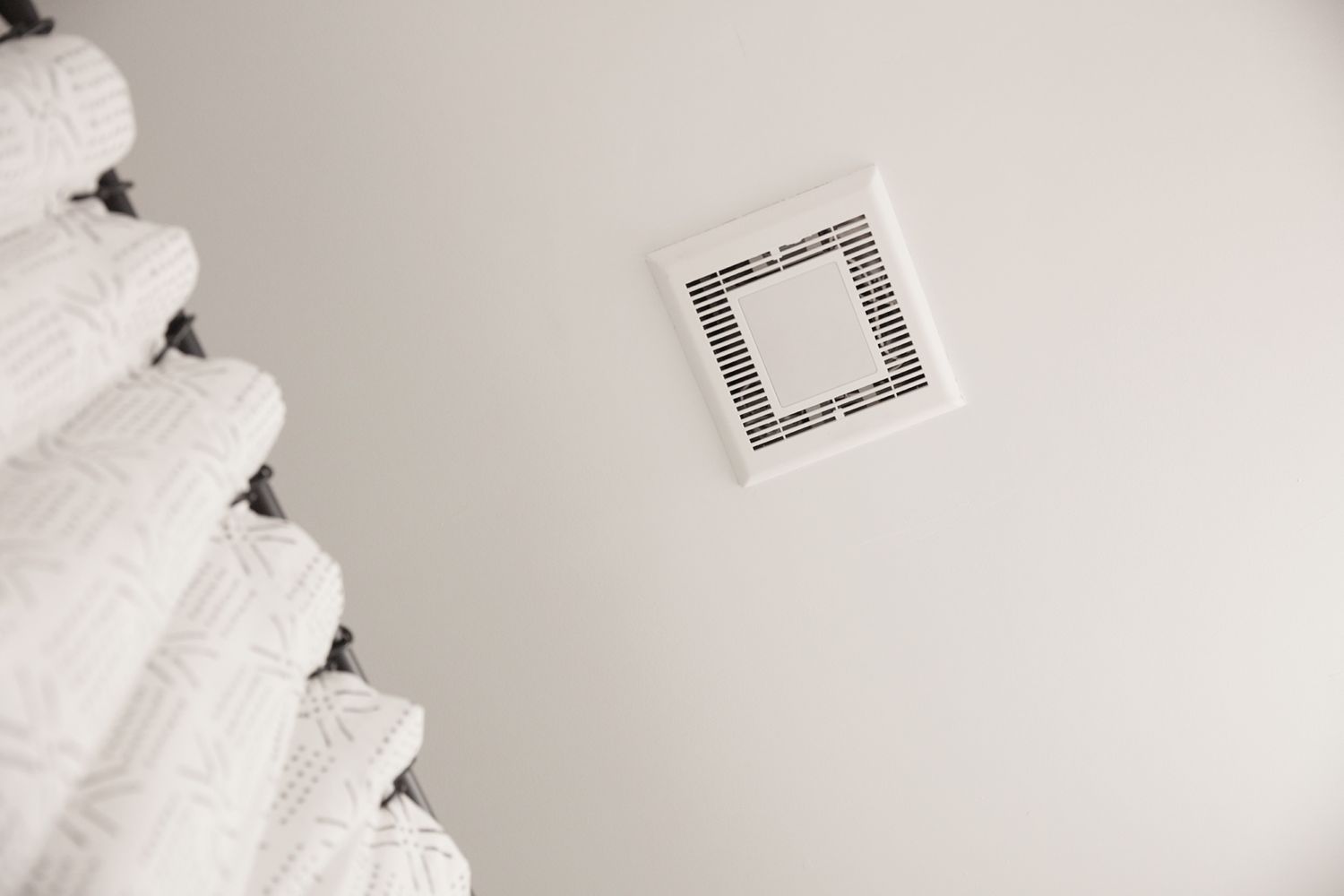
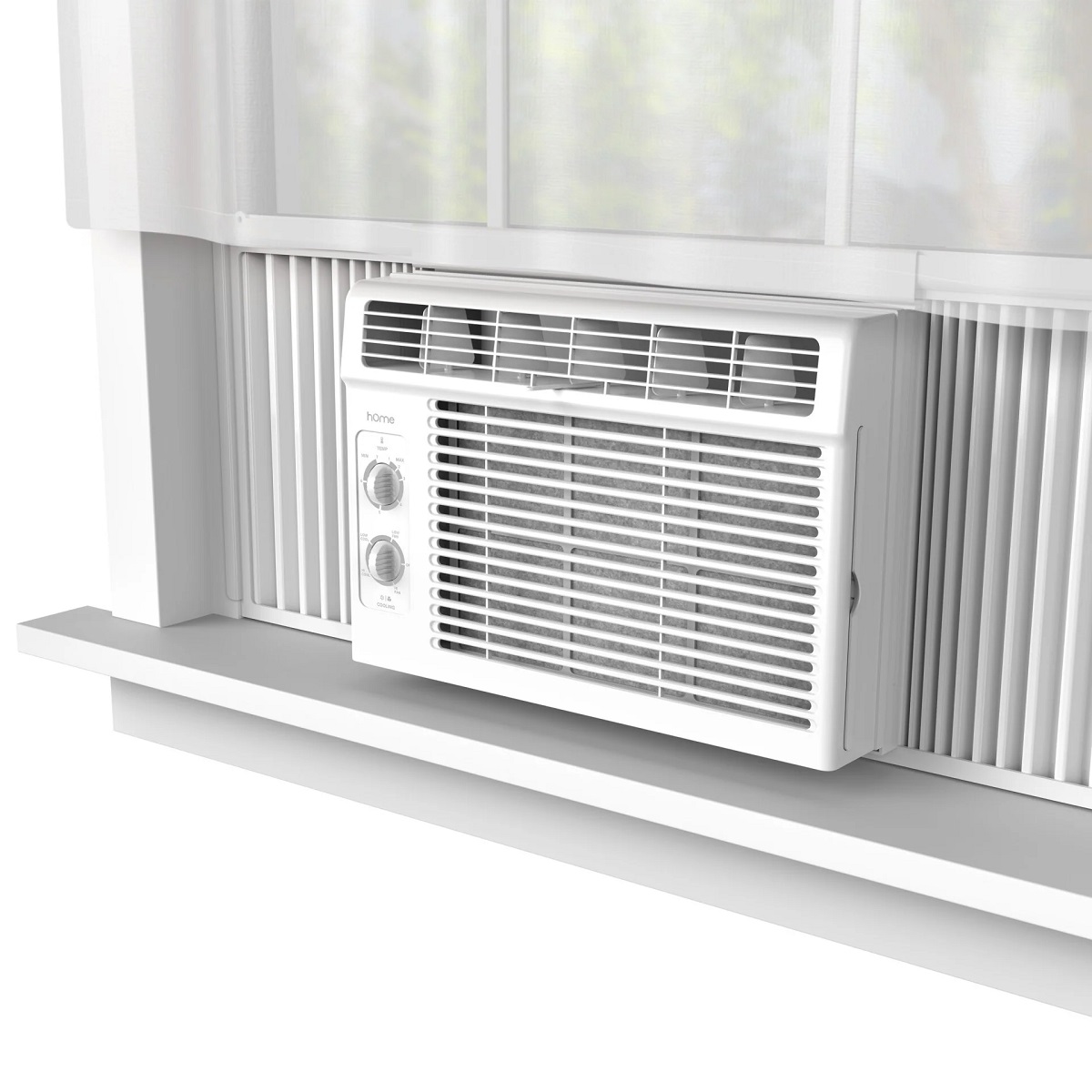
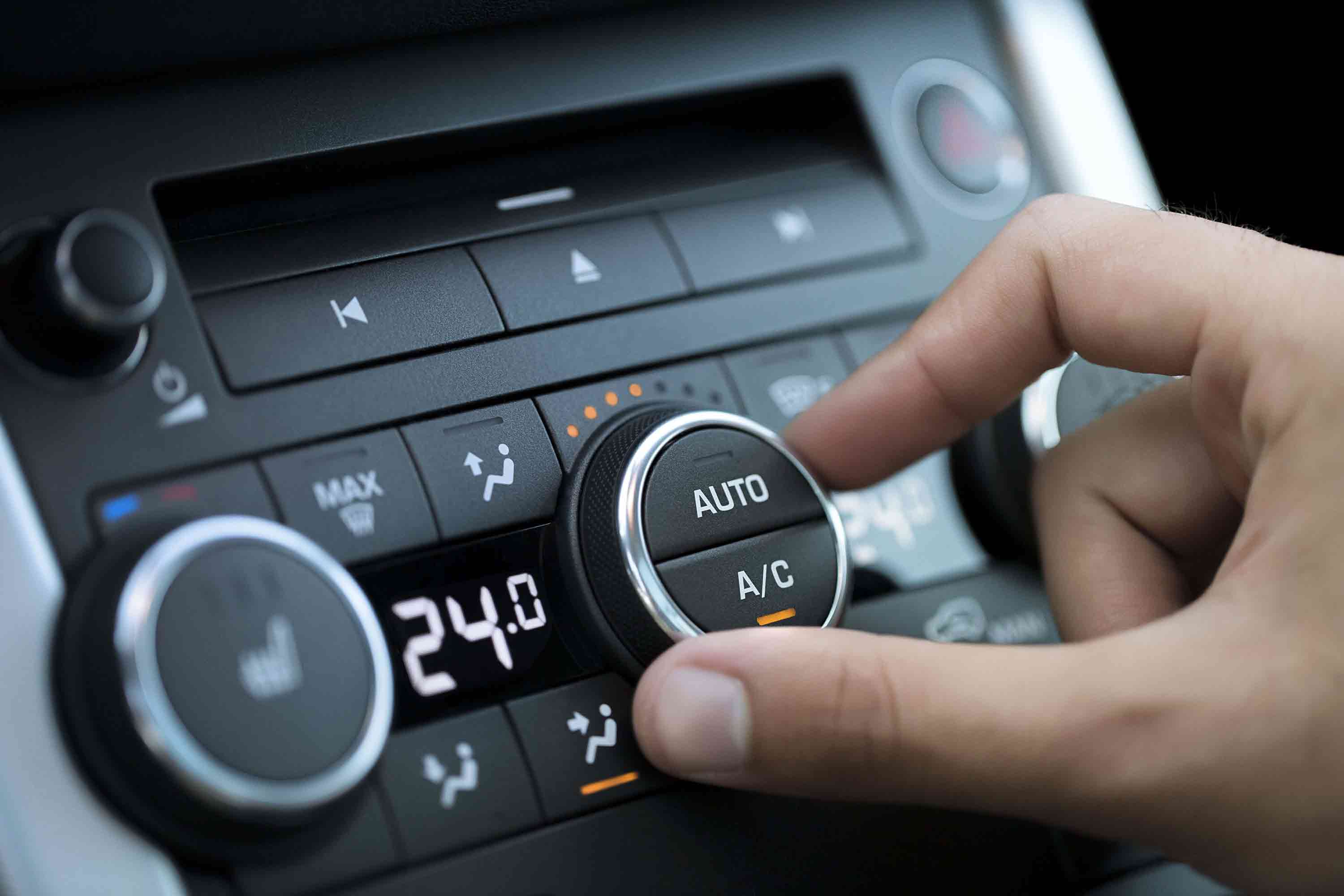
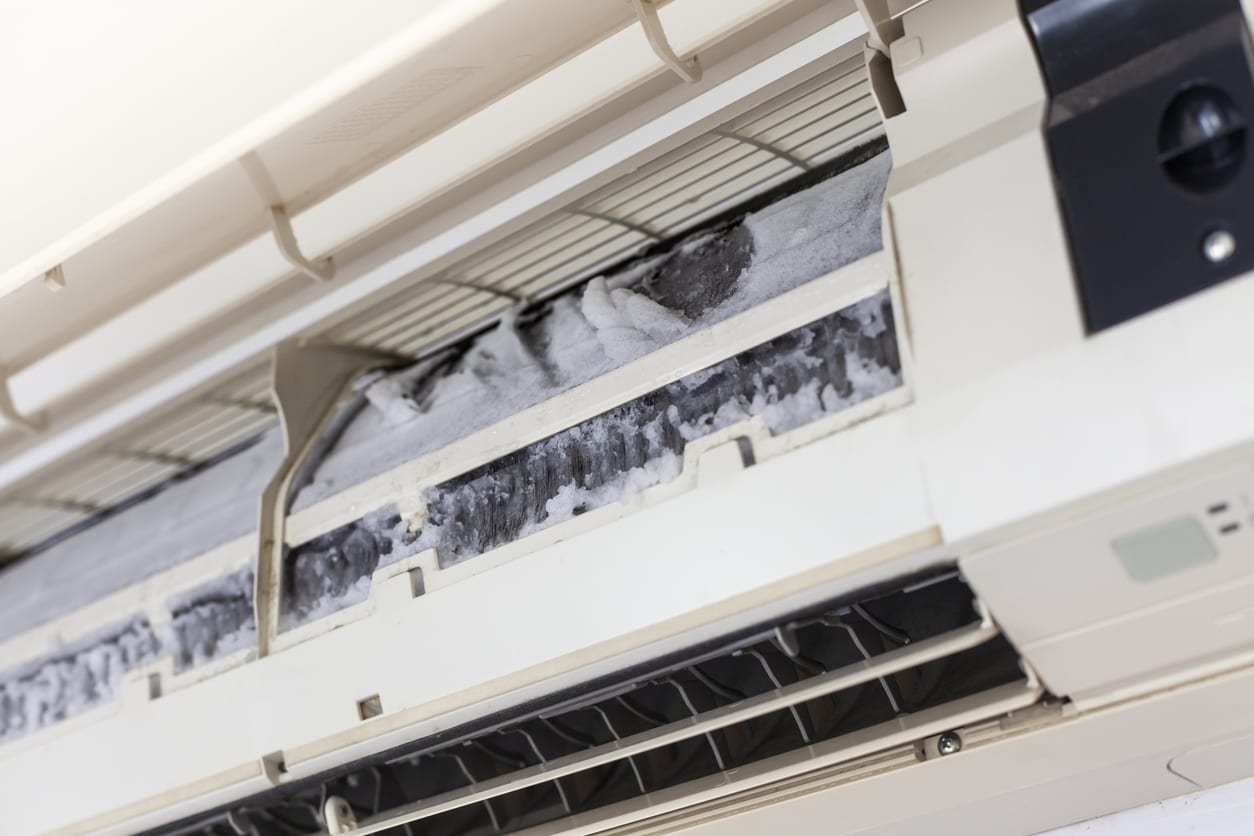
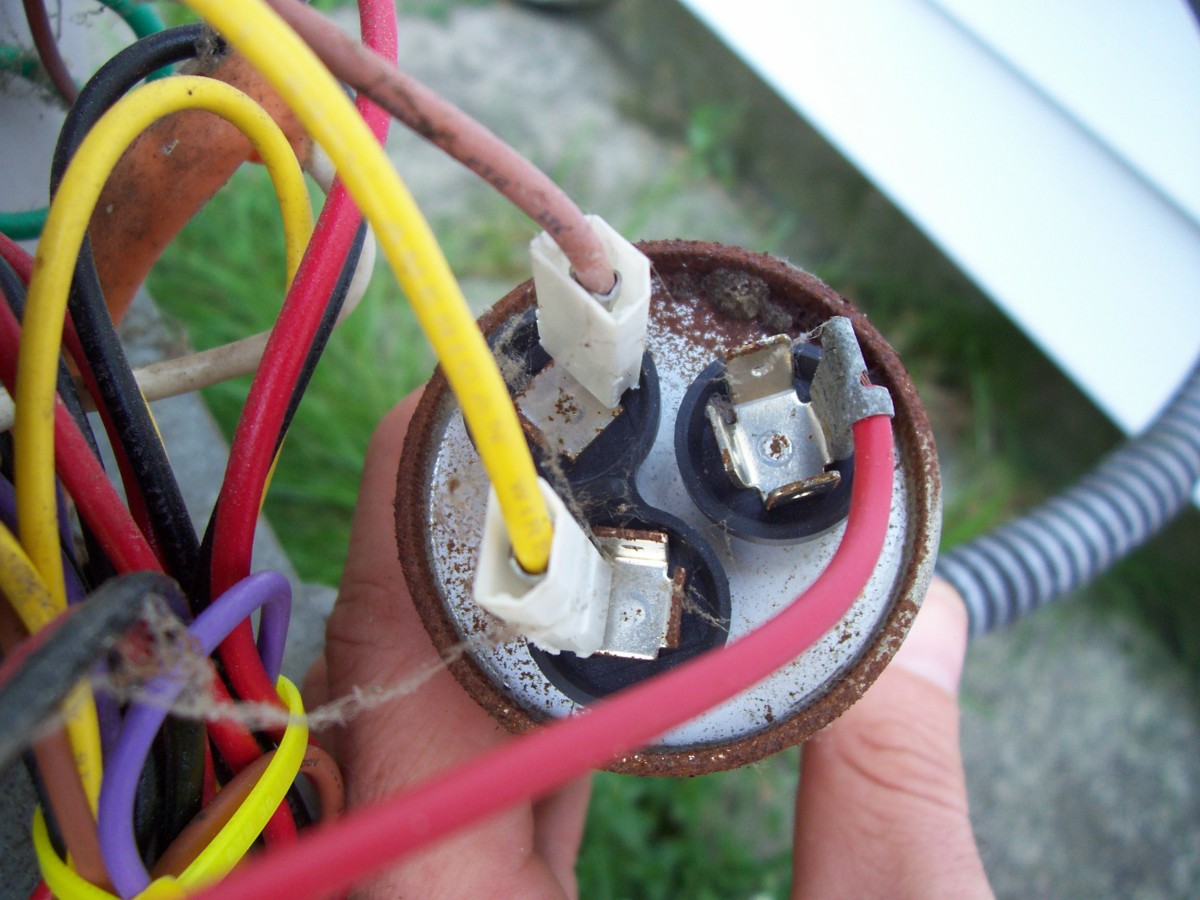
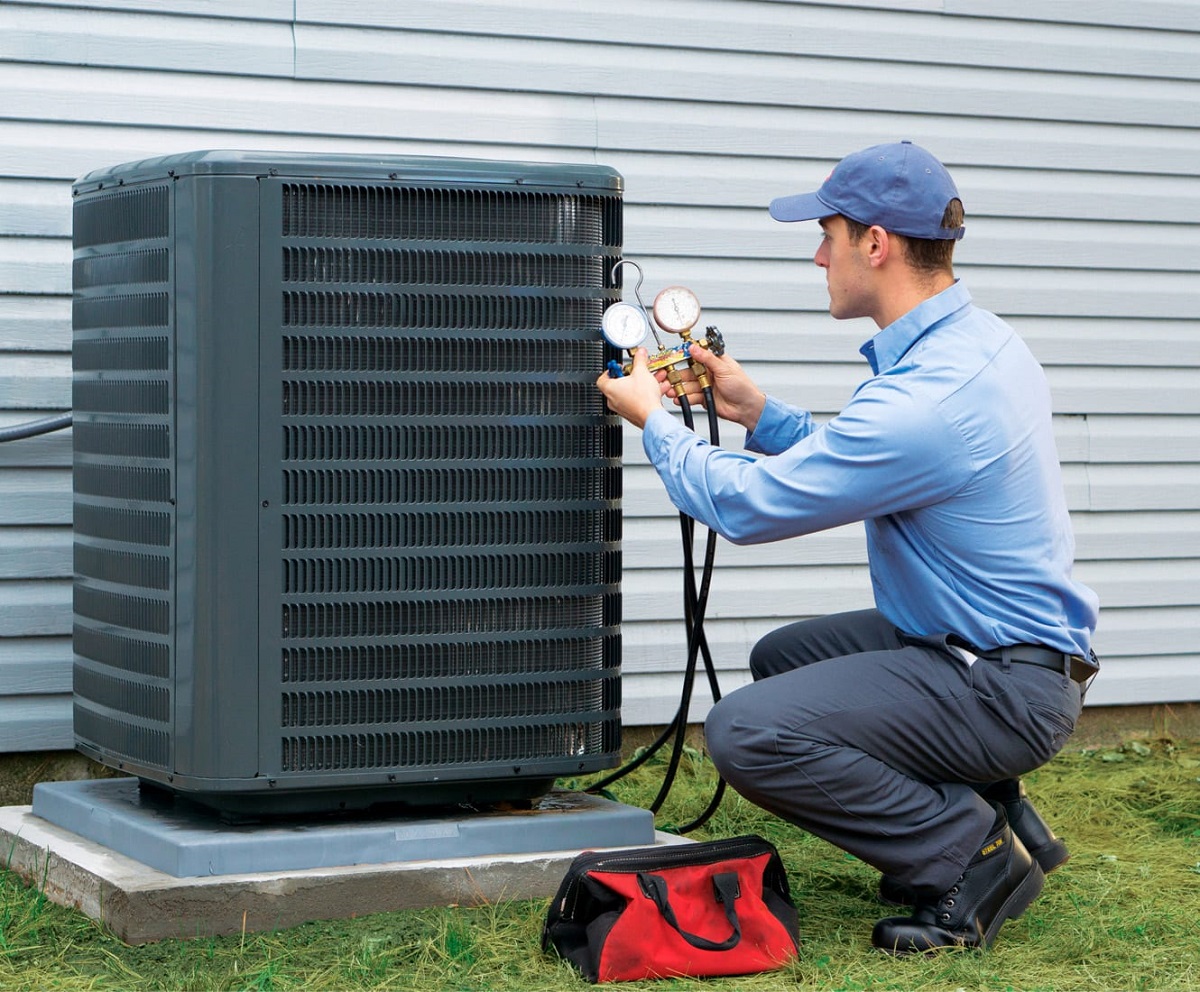
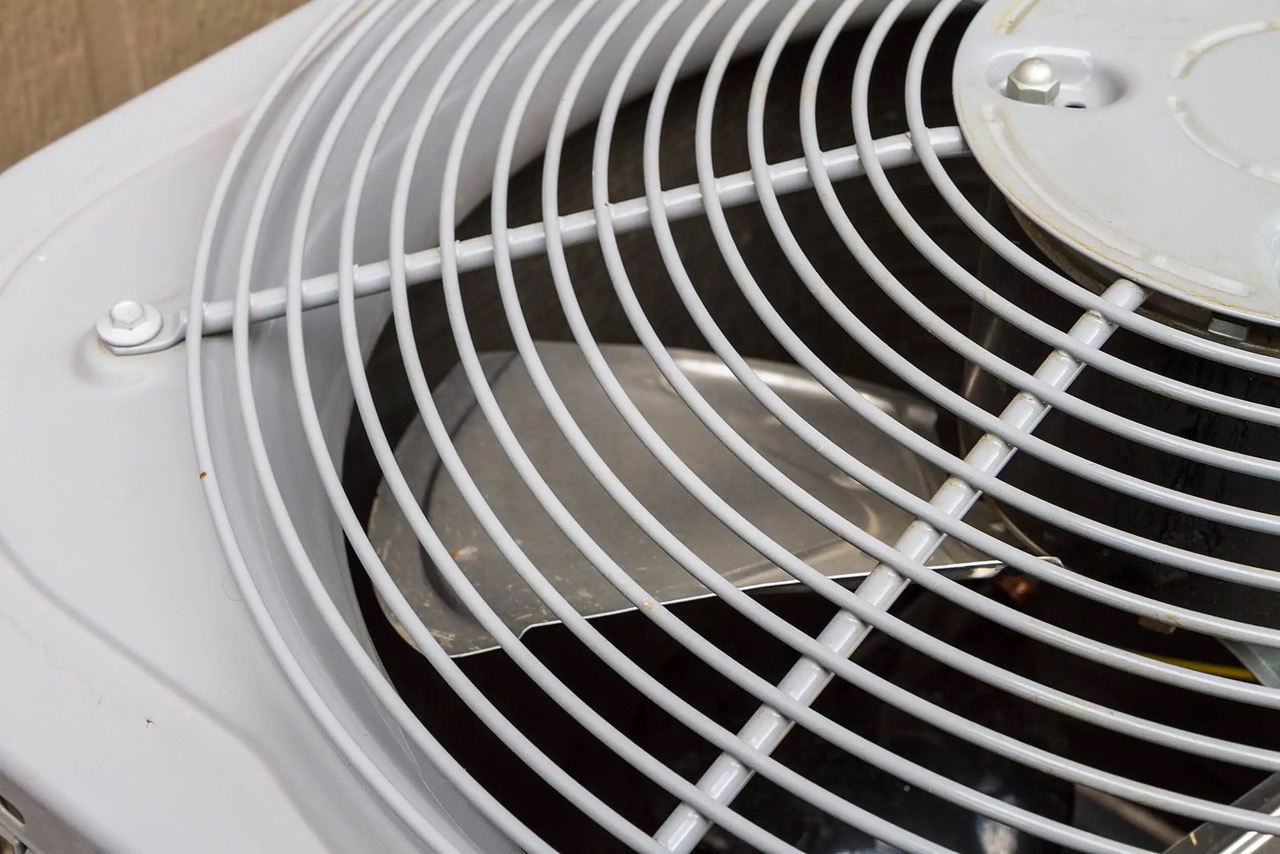
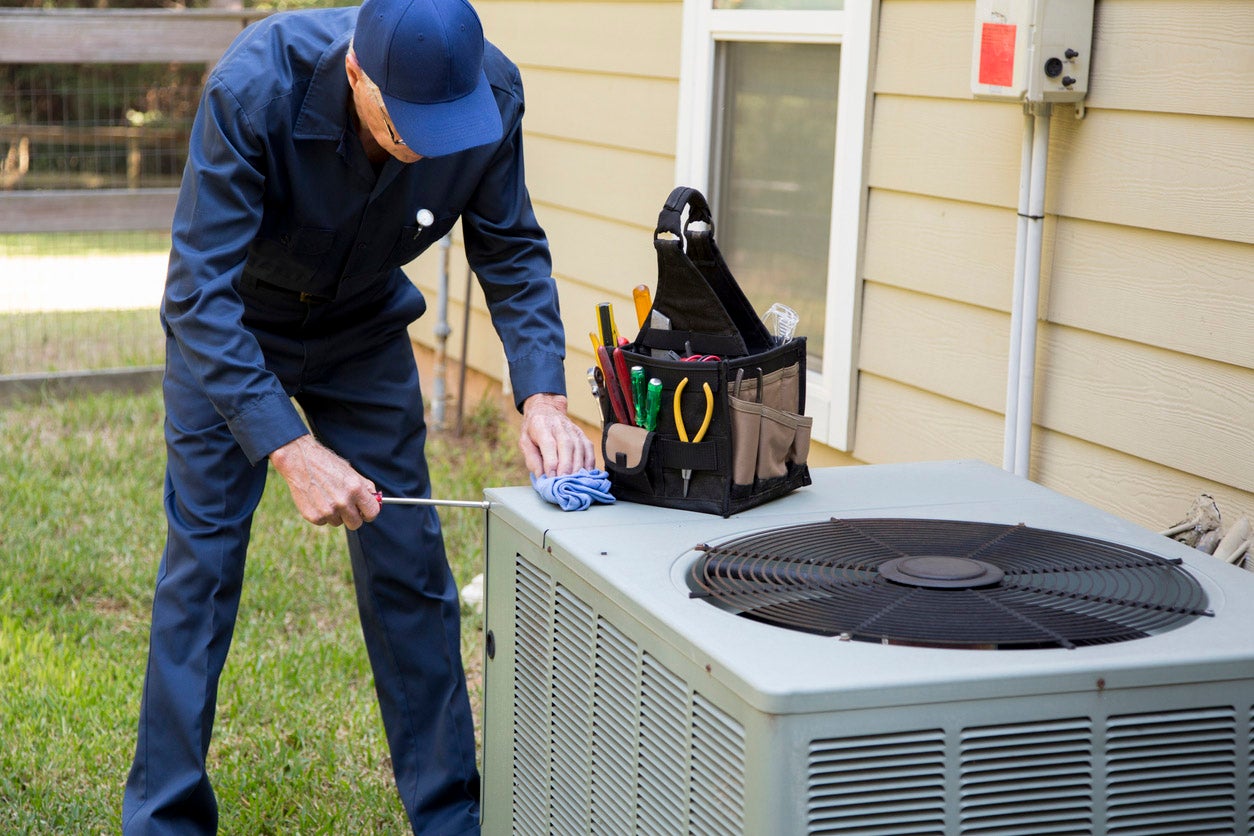
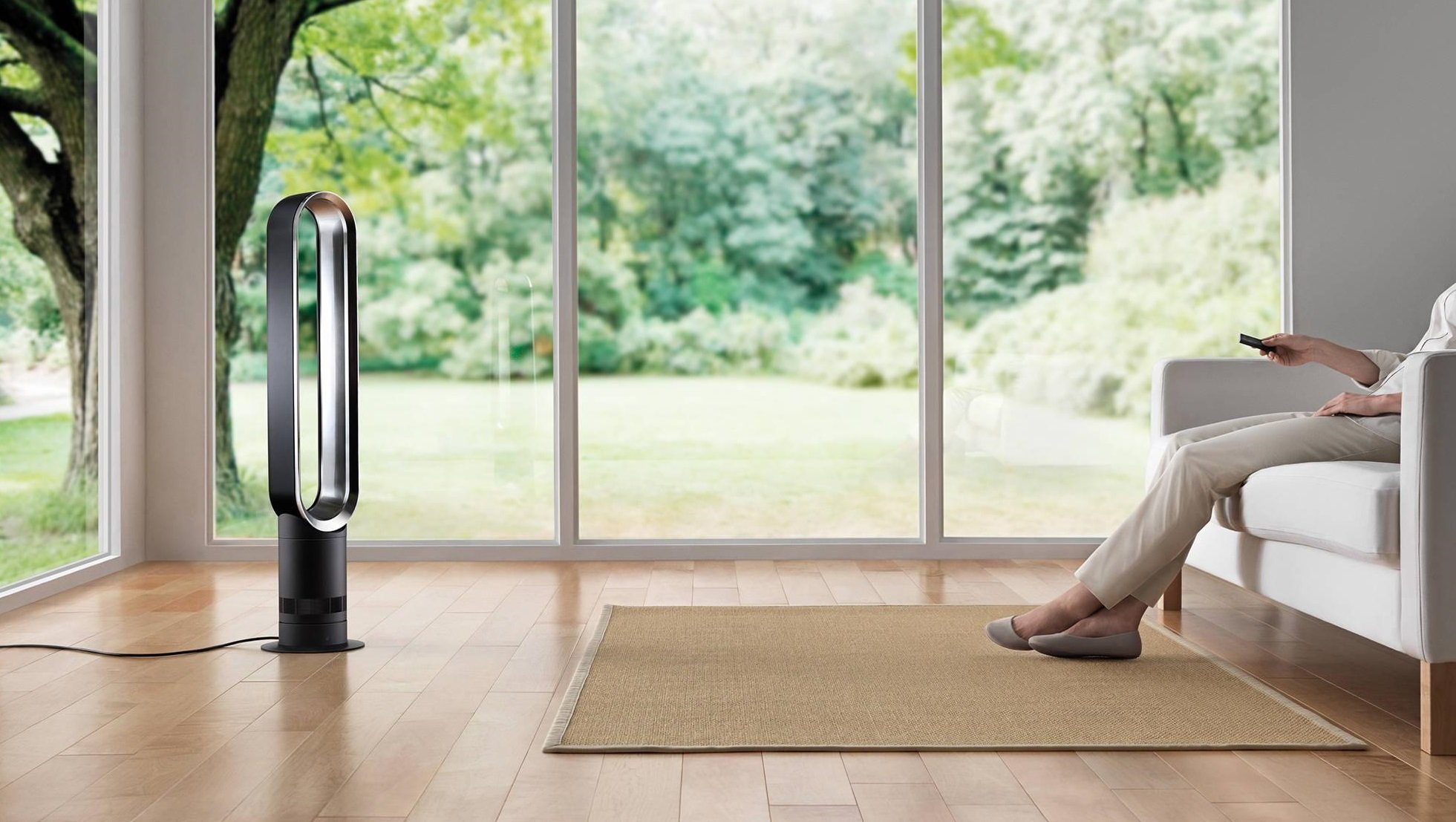
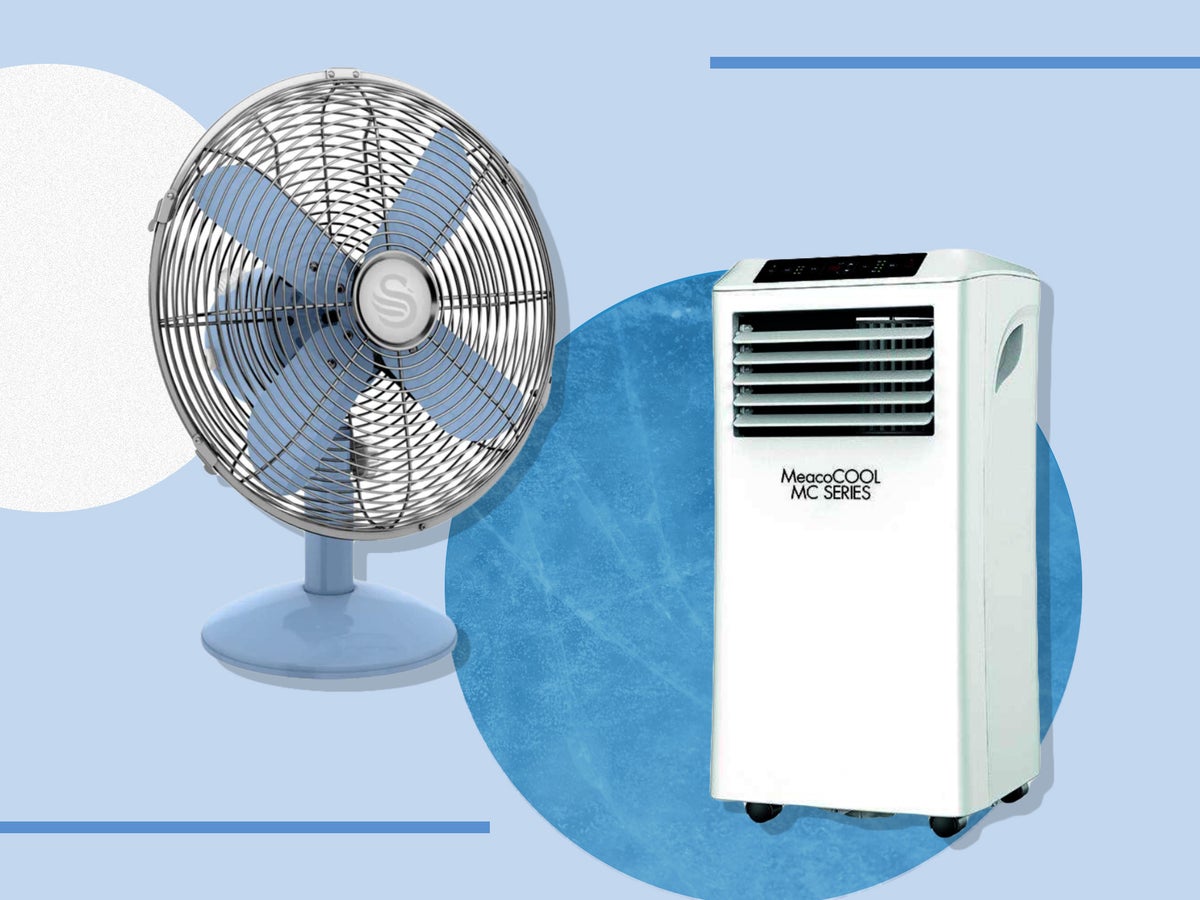

0 thoughts on “What Does Fan Do On Ac”